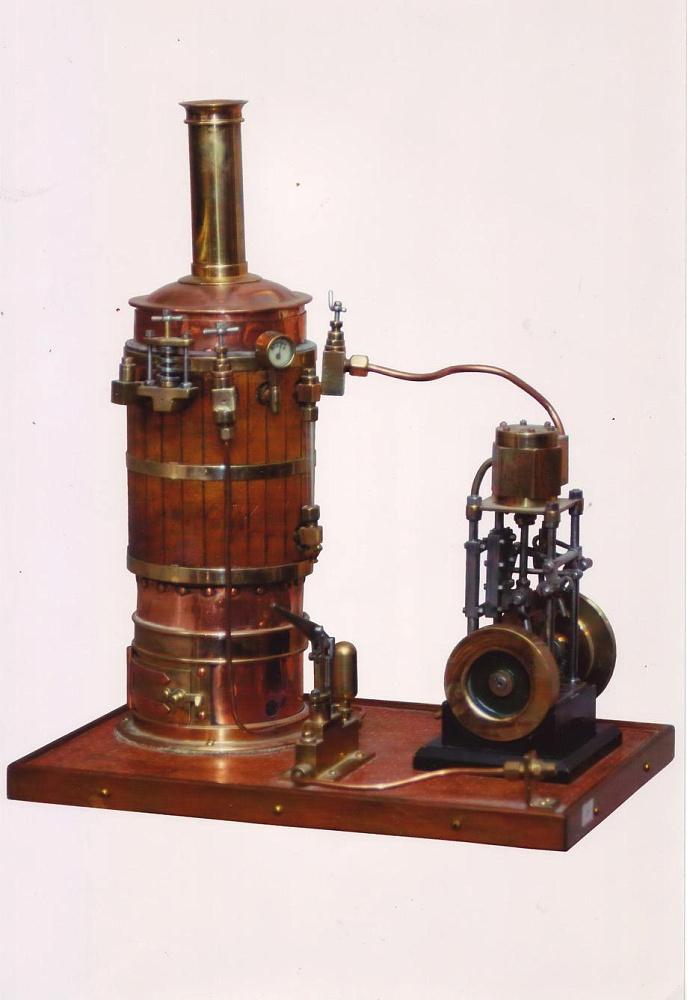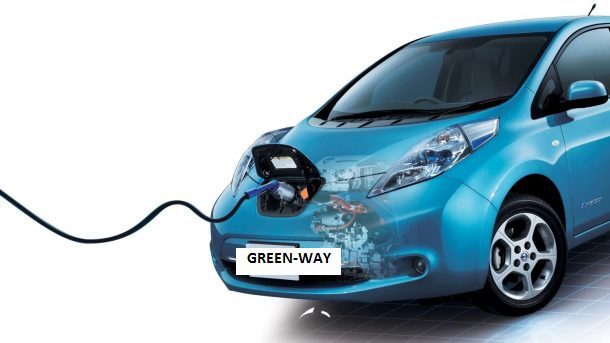
Traveling in an electric car makes sense. Convenient and just right - a brief report from the return
We returned from Krakow. Known for free The charger near Kaufland is overflowing, so this time we also used the wall box at the Galeria Kazimierz: we paid for parking, not charging. The stop cost us 16 zlotys, so on the way back we went for 5,3 zlotys per 100 km. The best part is ... there really isn't much to write about here. 🙂
Coming back from Krakow: boring = good
I have always thought that the best journey from point A to point B is one that has nothing special about it: nothing happened, no car in a ditch, no adventure. Boredom, a person drives and forgets. I'm glad that electricians are increasingly just bored. This update is going to be so boring.
It was a pity to leave Krakow, the weather was fine, the city was in full swing with life, there were already students. Okay, but you have to go back. This time ABRP offered me a charging station in Lchino (Orlen), which recently let me down. I decided that I would judge while driving whether it makes sense to stopalthough we moved with the battery 95 percent charged.

Volvo XC40 in Wawel and planned return route. The photographs were taken for the purpose of the article with the consent of the officers present. We kindly ask you to respect the signs and not even use the services of an electrician without the appropriate permits. Thanks!
We left at 18.05. (picture above)Google Maps predicted that we would be there at 21.29.... In Krakow, we moved in a stream of cars, maybe we jumped two short sections on the bus lanes. In the G7 we drove in a stream of cars, on the S120, the cruise control was set to XNUMX km / h. One of my children fell asleep, the other two got a call. After a day of sightseeing, they were tired.
When I tried to plan a route to Warsaw in Krakow using XC40 navigation, the car predicted that the battery would run out completely. When I tried to repeat this operation near Kielce - to see if I could drive on the road "immediately" without stopping - the car ... could not connect to Google services. This surprised me a little, I was expecting Volvo navigation to use at least the offline maps that it downloaded somewhere in the background:
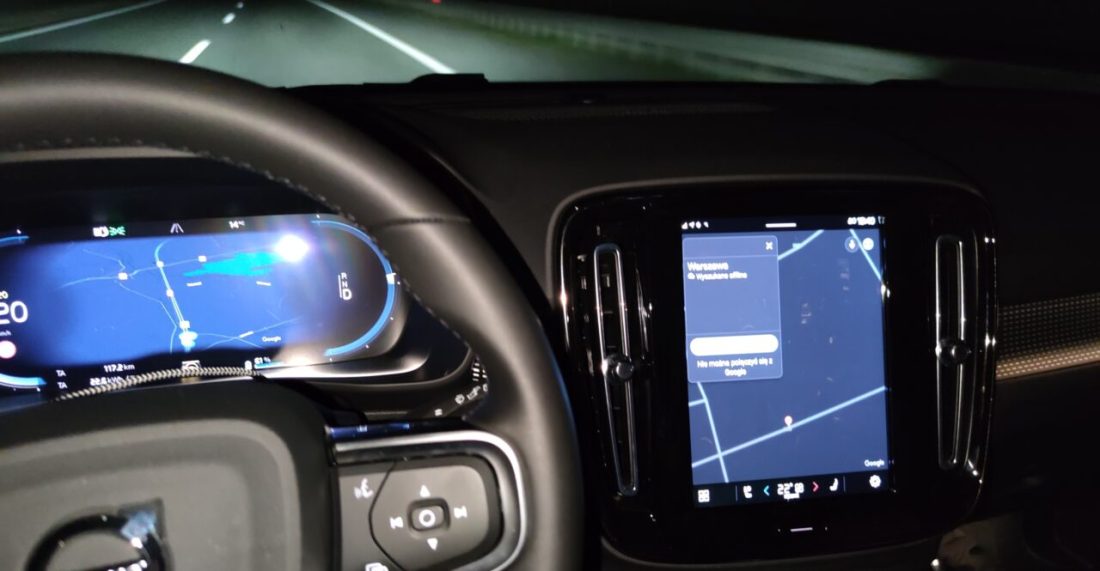
In terms of energy consumption, I saw that the battery could be “tight”, so after consulting with my wife (“if the children can, we don’t stop”), I slowed down a bit. First it was 115, then I went down to 111 km/h. Why not 110 km/h? Well, on the track, I came across an old diesel that had cruise control set to 110 km/h and its exhaust fumes made my eyes water. At 111 km / h, I was able to overtake him and gradually swim away from him.
This strategy worked, with Volvo quickly converting energy consumption into the predicted range. At first it turned out that with the battery I would discharge 1 percent, then to 4, 2, 3, 4, 5 ... So, the car knew how many kilometers it would have enough energy. It is a pity that this information was not found anywhere on the counters, because "37%" meant little to me:
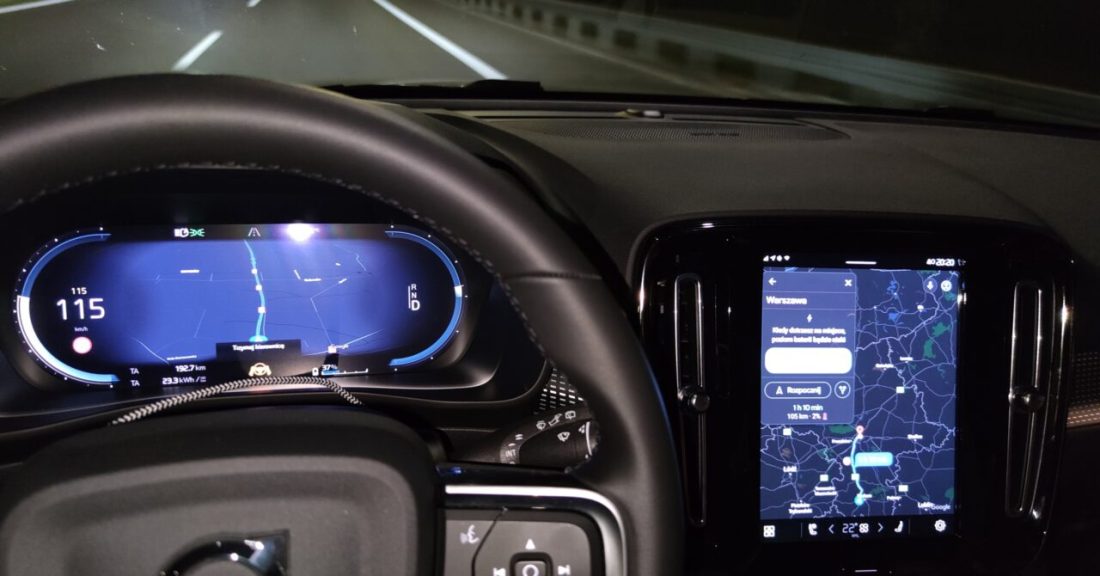
Reasonable driving was a smart choice because I learned something new about the car: the vehicle displays a battery warning when it has 50 kilometers of range remaining... Not 20 percent (as cars on the MEB platform do), but simply taking into account the range. To me, Volkswagen's strategy makes more sense, getting people to run on batteries in the best range of 20-80 percent. Volvo's strategy, in turn, can be convenient for those who will use different models of electrics from this manufacturer.
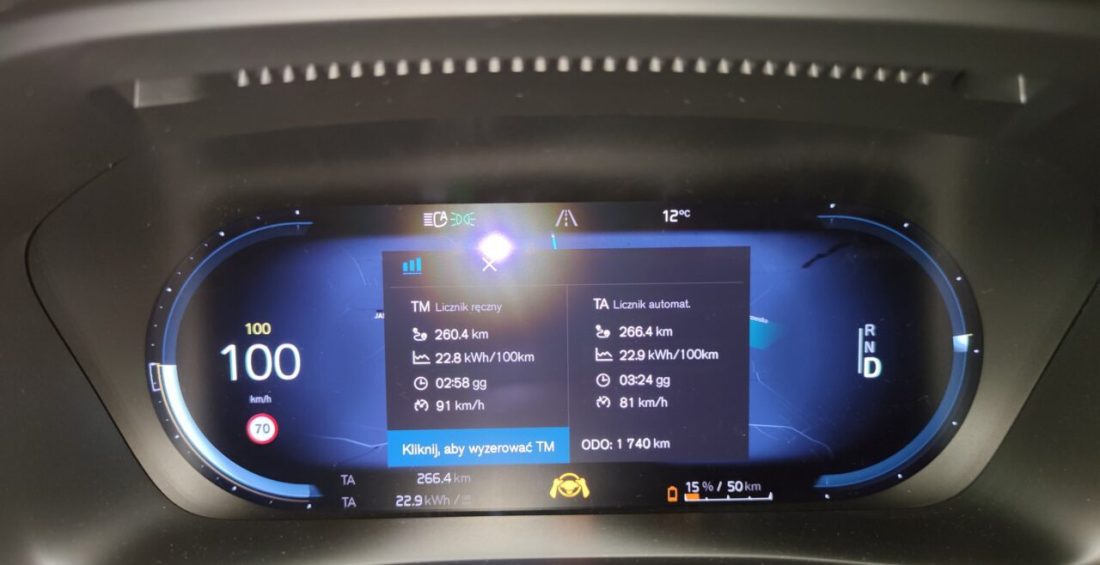
Smooth motorway driving allows consumption of less than 23 kWh / 100 km. These are sane areas. Pay attention to the speed limit: the sign recognition worked fine, but the car did not cancel it several times after passing the intersection. I suspect this may be due to the aforementioned lack of offline maps.
Of course I was on cruise control and here's another curiosity: with it, the lane keeping system is always activated (semi-autonomous driving, "autopilot") when conditions permit. This is as easy as shelling pears to do. I was initially confused by the technology (“I just want cruise control!”), But over time I appreciated it. Sometimes it's convenient to be able to look around, drag and drop, take a photo or check the route when I know the car is driving itself.
At your destination just in time
Do you remember what Google Maps predicted for us when we started in Krakow? That is, we will arrive at 21.29, obviously not counting the stops. Do you know what time we arrived? At 21.30... If it weren't for the cute Toyota Prius that blocked us in the bus lane, we would be at 21.29. I was very pleased with this result and at the same time surprised, because we drove calmly, maybe too calm for someone.
Energy consumption 22,2 kWh / 100 km. Average 89 km / h. Almost perfect on time. At PLN 5,3 per 100 km. This is how it should be 🙂
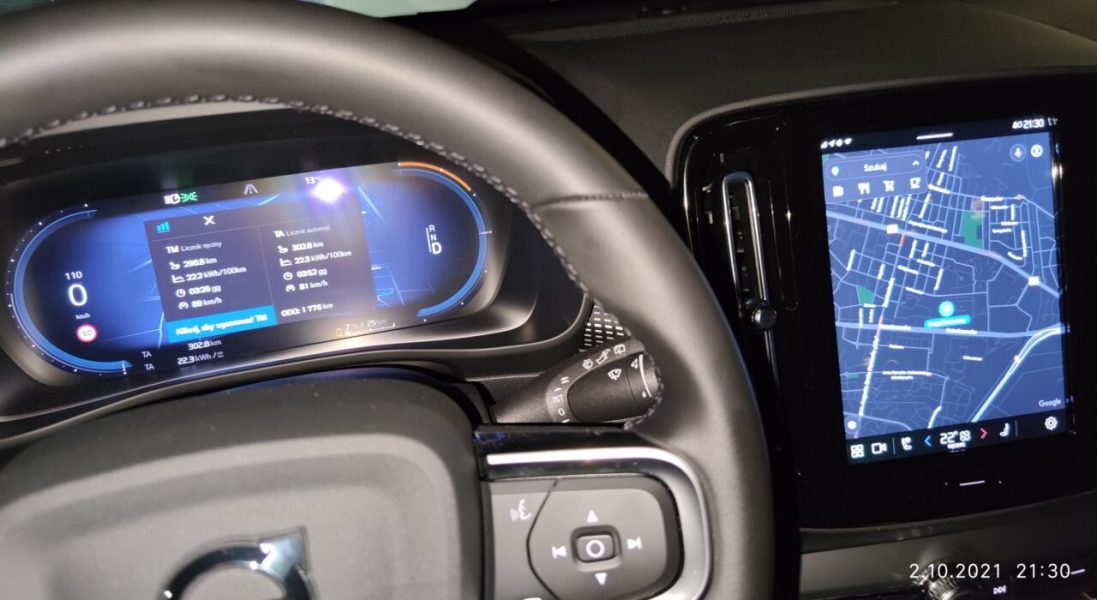
This may interest you:
